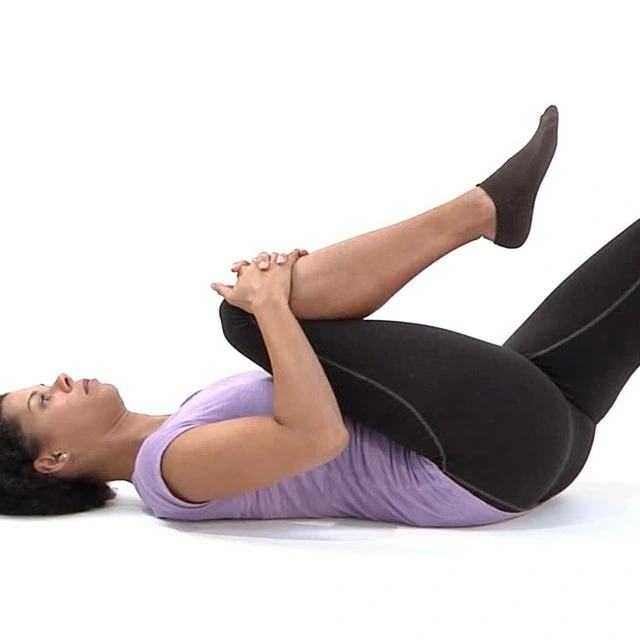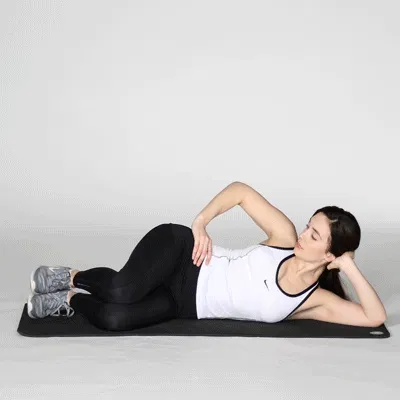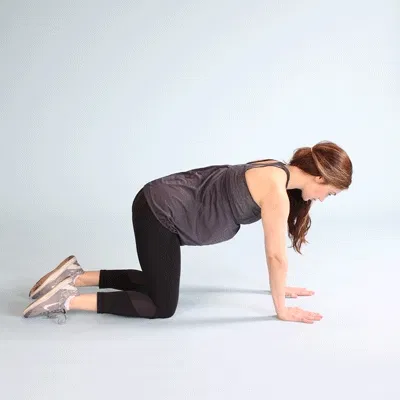Sacroiliac joint (SIJ) pain is a common condition that affects the lower back and pelvis. It often results from dysfunction in the sacroiliac joints, which connect the sacrum to the iliac bones. Many individuals with SIJ pain experience discomfort when sitting, standing, or walking for extended periods. Fortunately, conservative care, including sacroiliac joint exercises, can offer meaningful relief for many patients.
Understanding Mulligan’s Mobilization with Movement (MWM)
Developed by physiotherapist Brian Mulligan, Mobilization with Movement (MWM) combines gentle joint mobilization with active patient movement. In this technique, a therapist applies a sustained manual glide to the joint while the patient performs a specific movement that is typically painful. The goal is to reposition the joint to restore normal, pain-free motion.
When applied to the sacroiliac joint, MWM can help restore alignment and improve joint mechanics. These techniques are often paired with stretching and strengthening exercises, amplifying their therapeutic benefits.
Why MWM Helps Sacroiliac Joint Pain
MWM is particularly helpful for patients with mechanical SIJ dysfunction. It offers several key benefits:
- Reduces pain during movement
- Improves joint range of motion
- Enhances neuromuscular control
- Promotes functional mobility
A 2024 randomized controlled trial published in Frontiers in Physiology demonstrated that combining MWM with core stability exercises led to significantly greater reductions in pain and disability compared to core stability exercises alone. Participants receiving the combined therapy showed improved lumbopelvic stability, better postural control, and increased range of motion. These findings support the integration of manual joint mobilization and muscle activation as a highly effective strategy for managing SIJ pain. (PubMed ID: 38699145)
ASPN Recommendations for Conservative Treatment
The American Society of Pain and Neuroscience (ASPN) strongly recommends physical therapy as a first-line treatment for sacroiliac joint disorders. Their guidance emphasizes:
- Exercises that increase range of motion, such as controlled pelvic tilts and gentle hip rotations, help restore flexibility and reduce joint stiffness. These movements promote synovial fluid circulation, which nourishes cartilage and improves joint mobility. Improving range of motion in the surrounding hip and lumbar spine can also reduce stress on the SIJ.
- Stretches that promote flexibility, including hamstring, piriformis, and hip flexor stretches, help lengthen tight muscles that pull on the pelvis and sacrum. These exercises reduce muscle tension, improve postural balance, and support efficient movement.
- Strengthening routines that enhance stability, like bridges, clamshells, bird-dogs, and side planks, target the gluteus medius, multifidus, and transversus abdominis. These muscles stabilize the pelvis and spine, reduce shear forces on the SI joint, and improve posture and resilience.
Manual Therapy and Home-Based Exercise Programs
Manual therapy is also essential for SIJ pain management. Techniques like joint mobilizations, myofascial release, and soft tissue manipulation can relieve muscle tightness and improve alignment.
A well-rounded home-based exercise program is critical for lasting results. This typically includes:
When patients consistently perform sacroiliac joint exercises at home, they build strength and stability, which helps prevent pain from returning.
Recommended Sacroiliac Joint Exercises
Here are five simple and effective exercises to incorporate into your routine:
Pelvic Tilts
- Lie on your back with knees bent.
- Gently tilt your pelvis to flatten your back against the floor.
- Hold for a few seconds, then release.
- Repeat 10 to 15 times.

Bridge Exercise
- Lie on your back with knees bent and feet flat.
- Squeeze your glutes and lift your hips until your body forms a straight line.
- Hold for five seconds, then lower.
- Perform 10 to 15 reps.

Knee-to-Chest Stretch
- Lie on your back.
- Pull one knee to your chest while keeping the opposite leg flat.
- Hold for 20 to 30 seconds.
- Repeat on the other side.

Clamshells
- Lie on your side with knees bent.
- Keep your feet together and lift your top knee without rotating your pelvis.
- Perform 10 to 15 reps per side.

Cat-Cow Stretch
- Begin on hands and knees.
- Inhale as you arch your back and lift your chin (Cow).
- Exhale as you round your spine and tuck your chin (Cat).
- Repeat 10 to 15 times.

These exercises improve flexibility, build strength, and reduce mechanical strain on the SI joint. To learn more, visit our page on sacroiliac joint pain.
When Conservative Measures Aren’t Enough
While many people find relief through exercise and therapy, some continue to experience sacroiliac joint pain. In these cases, sacroiliac joint injections may offer a solution.
These injections are performed under image guidance and deliver anti-inflammatory medication directly into the joint. Benefits include:
- Fast pain relief for diagnostic and therapeutic purposes
- Reduced inflammation and improved mobility
- Enhanced outcomes when combined with physical therapy
If pain persists, additional options like radiofrequency ablation or SI joint fusion may be considered.
Take Control of Your SIJ Pain
At Red Butte Pain Solutions, we help patients throughout Arizona find lasting relief from sacroiliac joint pain. Whether you’re just starting conservative treatment or exploring advanced options like sacroiliac joint injections, we’re here to help.
We also treat related conditions, including back pain, post laminectomy syndrome, spinal stenosis, and lumbar facet syndrome.
Ready to take the next step? Schedule now or call 602-633-4334.
